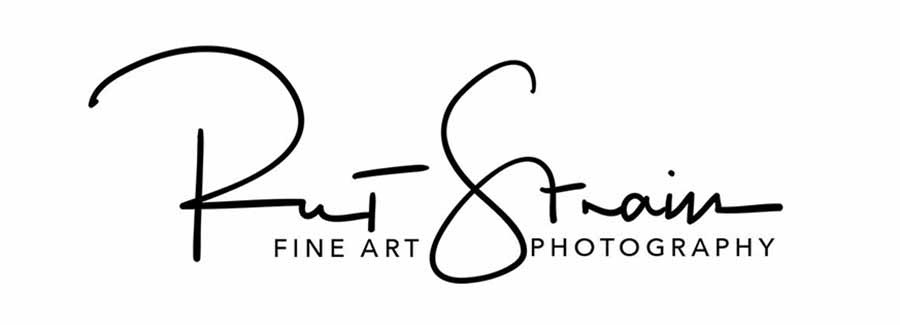SIZE MATTERS

Beast of Burden
Before someone chimes in and says that it’s ironic that I write an article with this title, let me confirm that I am speaking about photography equipment. I am not referring to how large your latest print is on the wall and how nice the fine detail is captured in an image.
The stuff I’m referring to you is the junk in your closet that you are ready to grab at a moment’s notice for your next photo fix. Cameras, lenses, tripods, bags…all that stuff that has to be carried with you whenever you go shoot.
Unlike our own bodies, cameras seem to keep trimming down. Should you think that means they are simpler and easier to use, it's time to reevaluate your position. These sleek little computer marvels have a myriad of functions squeezed into them that can help you produce images that are the envy of your non-artistic neighbors and smart phone camera buffs. But they can frustrate you no end. This is one of several articles designed to help you make a wise first decision in getting started with this wonderful hobby.

The Megapixel Wars
The trend, since digital cameras came on the the scene a couple of decades ago, has been for digital sensors capable of recording an ever increasing amount of information. It has gone from 1 megapixel (MB) in the 1990’s gradually up to the 40 megapixels or more available on a number of cameras today. The recently introduce Fujifilm XF-100 is just what it sounds like…100 megapixels! There are very expensive specialty cameras that will do even more. There is a place for these cameras…primarily in the hands of artists selling hundreds of thousands of dollars of ginormous prints every year.
While there are nuances of pixel sensitivity and individual pixel size, for the sake of this article we are going to assume that any camera capable of producing 20 megapixel images with good lenses is adequate for over 99% of you Photoboomers out there. Does that mean that a 20 MB image will make five foot wide print as sharp as the 100 MB camera? Not at all. It does mean that all but a very few of you would be extremely happy to hang that five foot wide print taken with your 20 megapixel camera.
There are other real downsides for larger cameras, including most full frame digital cameras for all you aging Photoboomers. Price. If dropping $20-50K on your camera system is something you have been dreaming of doing, then feel free to go for it. Also understand that these larger format cameras weigh a ton…not literally, but if you are carrying them any distance back to your vehicle, you will be singing Tennessee Ernie’s “16 Tons, What Do You Get?” Their weight can limit you.
A main proposition of Photoboomers is that you will go farther, accomplish as much and be a happier photographer with lighter weigh equipment despite any advantages of larger format cameras.
Think of what you can do with lighter weight equipment: (1) Spend less money, (2) walk further, (3) carry a wider variety of lenses, (4) carry other essential gear, like water, (5) have less lens shake…important with longer telephoto lenses, (6) buy heavier, higher quality prime (fixed focal length) lens, (7) hand hold more shots, (8) feel safer and more discrete by using the same camera for travel photography, (9) have more options for shooting video, and (10) smile more at the end of the day. That’s quite a list of benefits to weigh against being able to produce huge, finely detailed results. To be fair there can be some additional benefits to the larger cameras, including more latitude in contrasty scenes, better bokeh (softer out of focus areas) and longer battery life.

So what are the alternatives and what are some additional advantages. Digital mirrorless cameras weigh less than their predecessors, standard full frame digital cameras. Mirrorless APS-C (crop sensor) cameras use a reduced size sensor, approximately 2/3 the area of a full frame sensor. Micro four-thirds (MFT) cameras have a sensor about half the area of a full frame sensor.
Without getting into all the lens and sensor position physics, an APS-C camera lens is equivalent to a lens with 1.5 times the focal length. So a 24 mm lens on an APS-C camera is approximately equivalent to 36 mm lens on a full frame camera. Similarly, a lens on an MFT camera is equivalent to double the focal length of a lens on a full frame camera. So a 60 mm lens on MFT will shoot about the same scene width and height as a 120 mm lens on a full frame camera.
To be sure, there is more light that falls onto the larger pixels of a full frame sensor. To match this, there are situations where you may need to buy a more expensive lens for a cropped sensor body. This lens may cost more and weigh about the same as an equivalent lens for the full frame camera. For most situations, this will not be necessary. We will get to this when we cover lens selection in another article coming soon.
In the next article explain more why detail might not be so important. That article will be followed by one on some of the best options available in each of the three categories of camera bodies...full frame, APS-C and MFT. Whether you are a Photoboomer looking to get started or a seasoned photographer open to some new ideas for your next 20 years, these articles will be of interest to you.
